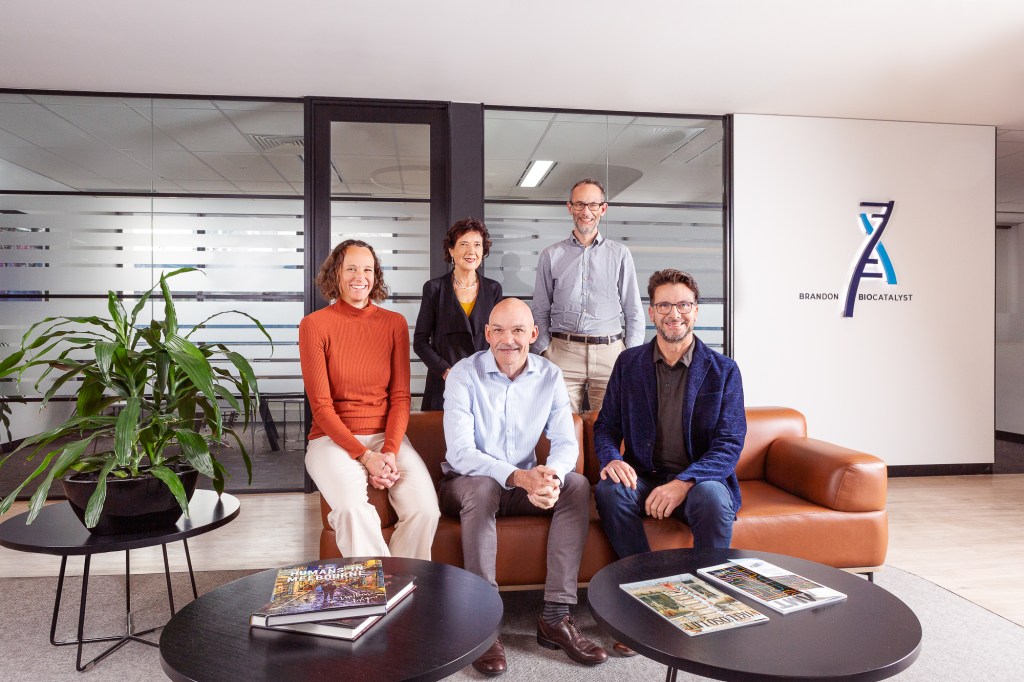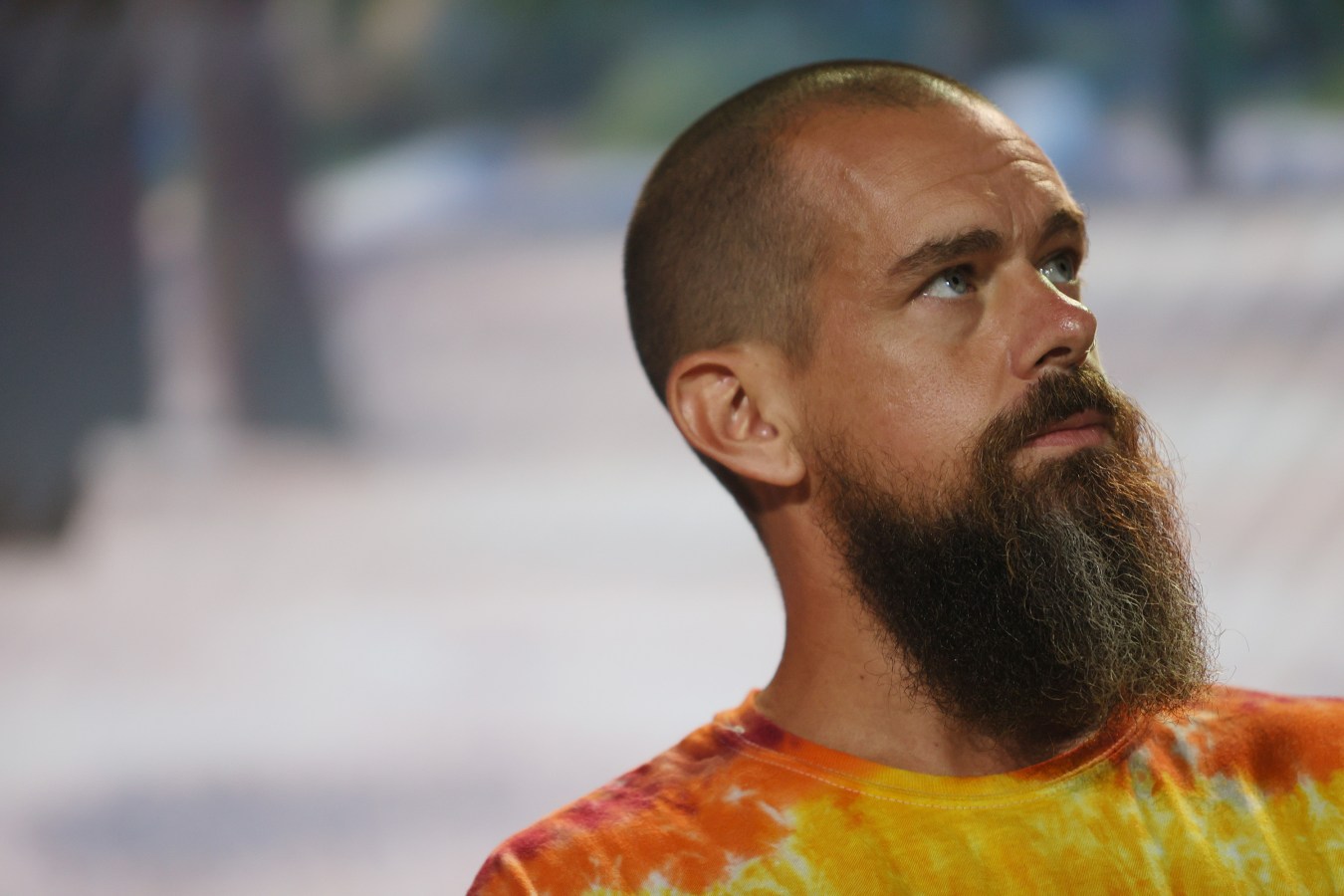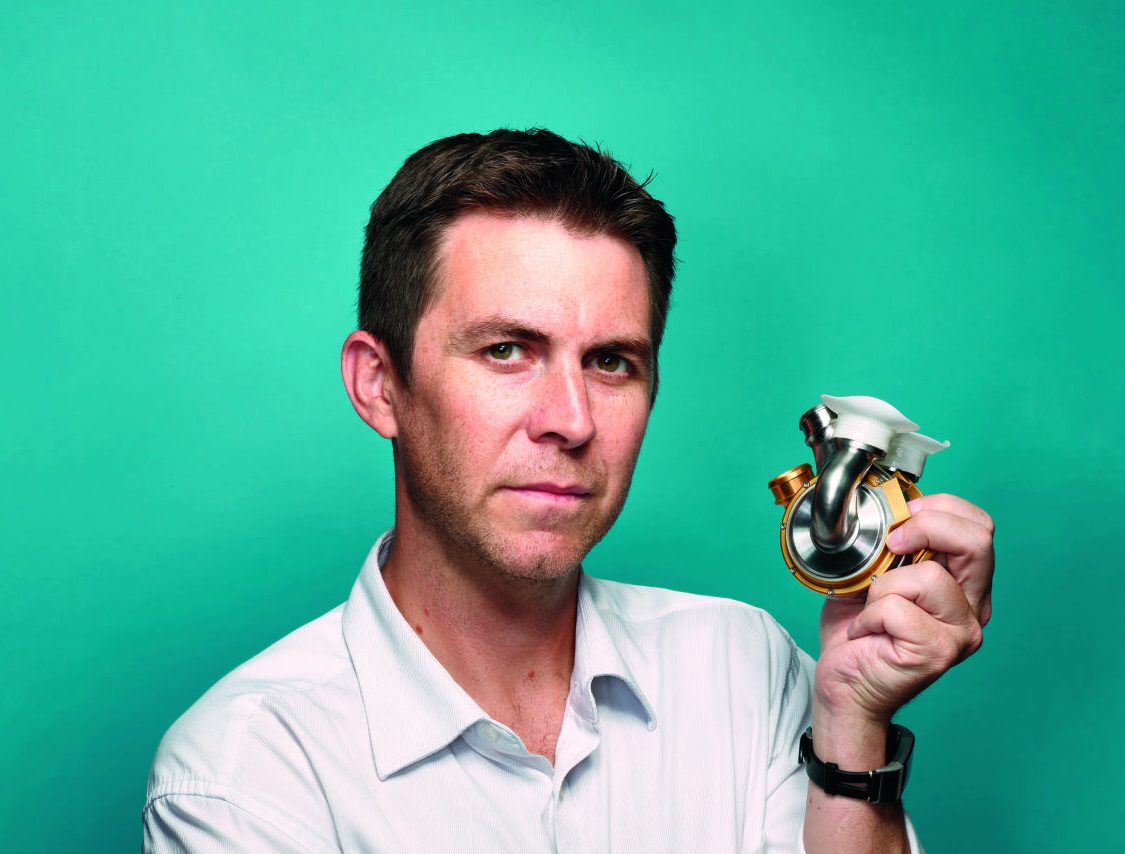Melbourne biotech Aravax is in the middle of peanut allergy drug trials which, if successful, promise to open up an estimated US$4-billion global market.

In a Nutshell
- Aravax is testing a peanut allergy drug.
- Peanuts cause about half the 150-200 food allergy deaths per year in the US.
- Aravax’s drug, PVX108, has shown in test tubes that it can reprogram the immune response to peanuts without triggering severe reactions.
- PVX108 has passed phase-one clinical safety trials.
- Aravax raised $20 million late last year, led by Brandon Capital.
- It has begun phase-two trials in Australia and is recruiting for phase-two trials in the US.
- Peanut allergy affects 2% of the populations of western nations, and is the food allergy most likely to cause anaphylaxis and death.
- Food allergy affects 9% of children in Australia and 7% in the UK.
- The market for peanut allergy therapeutics is estimated to be US$4 billion annually by 2027.
It takes courage to tackle peanut allergy. In the 1990s, a child died during a clinical trial after an injection of peanut extract. It was a dosing error, but it injected fear into the hearts of investigators seeking to help the ever-growing number of allergic children.
But in the early 2000s, professor Robyn O’Hehir and her allergy and immunology lab at Monash University and The Alfred hospital in Melbourne thought they might have a solution.
Over the course of more than a decade, they broke up the complex proteins of peanuts into all their composite peptides, the building blocks of proteins, and tested those peptides in the blood samples of severely allergic patients who were coming through The Alfred’s allergy clinic.
The lab identified a group of peptides that seemed to be interacting with the immune system’s T-cells but which were not binding with the allergy antibodies (IgE) that caused anaphylaxis – hence avoiding the potentially lethal severe allergic reactions.

Synthesising those peptides, they created an injectable product that they hoped would act like a vaccine to train the immune system to recognise peanut protein as friend and not foe – with no risk of anaphylaxis from the shot.
Aravax’s chief scientific officer and co-founder Sara Prickett said they put the drug in test tubes with blood samples from 185 allergic people. “We tested them over a large range of drug doses and we saw no evidence of any activation of the immune cells that would trigger an allergic response. That’s what gave us confidence.”
All this was happening around the same time that the US company Aimmune listed on the Nasdaq and raised US$160 million through venture funding for its peanut allergy product, Palforzia. Palforzia was essentially peanut flour that had gone through a rigorous drug-testing process so it could be used to gradually build resistance in allergic people – at about US$6,000 a year for life.
Aimmune had invested US$2.6 billion into it, estimating returns of US$1 billion a year.
Launched as a game changer in 2020, Palforzia flopped. Mothers didn’t want to give it to their kids. While it was found to be effective in controlled lab experiments, out in the real world 14% of people who took it reported allergic reactions compared to 3% in the control group. [Update: Nestle announced on September 4 the sale of Palforzia to Swiss healthcare group Stallergenes Greer, for a reported US$2.1 billion loss on its investment.]
Over in the UK, however, there was peptide work going on in cat allergy that was closely related to the techniques used by O’Hehir and her team. Oxford-based Circassia had spun the technology out of Imperial College and made a huge splash when it raised €267.7 million (AUD$450 million) on the London Stock Exchange in the biggest biotech float of 2014.
Aravax rode that wave to spin out of Monash in 2015, receiving more than $4 million in seed funding from the Medical Research Commercialisation Fund a Brandon Capital initiative with the federal Government (now rebranded Brandon BioCatalyst).
In a collaboration with researchers at McMaster University in Ontario, Canada, they tested PVX108 in peanut-allergic mice.
“The results superseded all our expectations. We were able to show that if we pretreated those mice with three injections of PVX108 and we tested a low and a higher dose … the low dose had a moderate effect and the high dose of PVX108 almost completely removed that anaphylactic response to a subsequent dose of peanut protein.”
Pascal Hickey, CEO, Aravax
“That was the first time we saw the potential of this therapy to protect people from the risk of a severe reaction to peanuts,” Hickey said.
But Aravax is making sure to under promise. “If we set out to say we’re going to cure everyone of their peanut allergies, the clinical studies to demonstrate that would take 50 years,” said Hickey. “The claim we’re going for, to begin with, is ‘a therapy that will reduce your risk of a severe reaction to peanuts when you are accidentally exposed to them.’”
Hickey was an Australian pharmacy PhD who started at Oxford University spin-out PowderJect, before working at Biota back in Melbourne, then returning to the UK where he rose to be vice president of Circassia.
Circassia cruised through phase-one and -two trials showing glowing results when the subjects were tested under strict clinical conditions.
Phase three was tested in people at home and self scoring their reactions. It showed 60% efficacy against cat allergy, far better than any product before it. The big problem was, however, that the placebo group also showed a 60% improvement.
Rather than see it as a failure of study design, the result was viewed by the market as a failure of the drug and Circassia’s stocks tumbled. It later withdrew its efforts from the allergy space.
Prickett said Circassia’s problems had sprung from the trial design and not an inherent problem with the technology.
“It causes people to question our approach because people don’t understand the details, but the promising thing for us is that peanut allergies are different. We’re not faced with the same challenges with the trial design. We know we can do very controlled challenges.”
Sara Prickett, Aravax co-founder and CSO
Aravax was already deep in phase-one trials by the time Circassia stumbled.
It also received another $1.9 million from the Medical Research Commercialisation Fund.
Phase-one trials are focused on safety. “But we did take blood samples from clinical trial participants, and we threw just about every test we could at those samples to look for evidence that the treatment had affected the immune response to peanuts,” Hickey said. “That was very exciting because we started to see very precise changes in the way the immune system reacted to peanuts after six weeks of dosing with PVX108. But what was even more incredible was a year later when we brought those patients back, those changes had continued to evolve. So this started to look like a reprogramming of the immune response to peanut protein.”
Phase-two trials began dosing in adolescents in Australia in June, and Aravax has FDA approval to start testing in children aged 12 to 17 in the US. After three months of safety assessment in those older children, they will start enrolling younger children, aged four to eleven.
“Hopefully by early next year we’ll be recruiting younger children both in Australia and the US,” Hickey said. “It’s quite a big job to recruit these families into the trial.
“The problem with most forms of allergy immune therapy is that the treatment is often worse than the allergy itself. That doesn’t look to be the case with PVX108.”
Before the trial, the children will be given small, increasing amounts of peanut until they show signs of a reaction. They will then be randomized into a placebo, low-dose or high-dose group and will receive the therapy for 12 months before going through the food challenge again.
“The food challenge is a significant thing to ask a mother to do, to commit their child who they know is peanut allergic to a food challenge where they will be receiving peanut protein.”
Pascal Hickey, CEO, Aravax
If phase two is successful, phase three would be the same design over multiple countries and involving 200 to 400 children.
Aravax raised $20 million last year, led by Brandon Capital, and is funded to complete the phase-two program but would need more to go into phase three. “Once the phase-two results come through we will no doubt be in many partnering and investor discussions,” Hickey said.
The company was leaving its options open about whether to take on a larger partner or pursue the research itself. “The outcome will be driven by the strength of those [phase-two] results. We’ve no doubt that with strong phase-two data we will have the opportunity to raise more money to develop the product ourselves.”
Prickett says the in-house knowhow derived from Aravax testing a peanut allergy drug will be transferable to other food allergies. The company will use money from its latest raise to conduct market research to decide which foods to pursue next. Other nuts, and combinations of nuts, plus seafood were the most likely candidates, she said.



